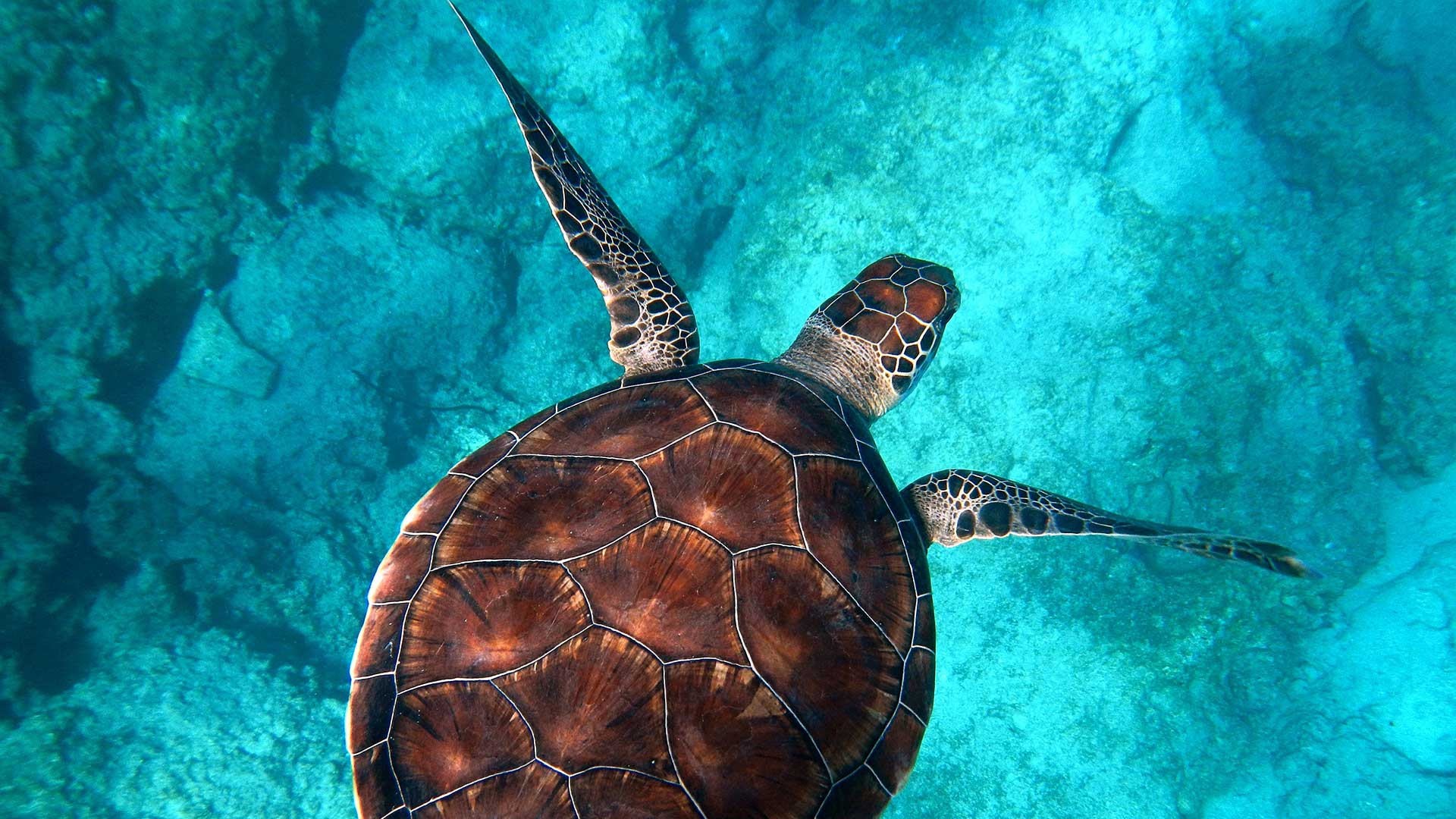Gray Whales Arrive in Baja's Magdalena Bay
February 18, 2016

The gray whale (Eschrichtius robustus) is one species of whales that was hunted mercilessly during the IX and early XX centuries and was taken to the verge of extinction. After many years and numerous conservation efforts the global population of gray whales has recovered and there are now between 18,000 and 24,000 of these gentle giants.
Gray whales make one of the longest migrations of any mammal. They travel between 15,000 and 20,000 miles every year from their feeding grounds in the Arctic to and from the warm waters off the west coast of the Baja California Peninsula. At the end of the fall, gray whales begin their journey south where they will spend winter and the beginning of spring to give birth and reproduce in three coastal lagoons in Baja California Sur, Mexico.
Scammon’s lagoon, San Ignacio Lagoon and Magdalena Bay offer shelter to pregnant whales, newborn cubs and adults during winter months. These sites have been and still are essential for the recovery and survival of the species.
Magdalena Bay is not only world famous for being one of the three reproduction sites of the gray whales. It is also key habitat for many migratory and resident bird species, commercial fisheries and sea turtles. A highly productive marine ecosystem, islands worthy of being declared as natural protected areas, dunes and thousands of acres of mangrove forests, surround gray whales during their stay. Perhaps that is what makes them so friendly when they see you while on a whale-watching tour out of the coastal communities of Puerto San Carlos or Puerto López Mateos.

Unfortunately, they are also surrounded by coastal development, pollution, intensive fishing, marine traffic and some unregulated whale watching. Even though the global relevance of Magdalena Bay and its wildlife is well recognized, the bay is not legally protected against any of these threats. Thus, it is important to take action now to conserve Magdalena Bay’s ecosystems.
WILDCOAST had been carrying out its mission to conserve coastal and marine ecosystems and wildlife in Magdalena Bay since 2011. Through capacity building with local community members and students and by advancing public policy we are working to conserve60,000 acres of mangroves and the world famous wildlife of the bay. In 2015, we trained and educated 810 locals in marine mammal monitoring, solid waste management and mangrove environmental services. We teamed up with the federal government to protect 87.5 miles of coastline through conservation concessions of the federal maritime zone. And we continue to work closely with local and federal government to promote a conservation-minded local land use program and create the Islands of the Pacific Biosphere Reserve which will include the islands of Magdalena Bay.
Thank you for your support, we look forward to continue our work in 2016!


You must be logged in to post a comment.